Bring Bling With Foils
)
FOIL STAMPING
While conventional foil stamping is the most common way to add incredible metallic shine to your work, there are several cool alternatives on the market today. Use them to run foil inline with your colour printing, or even for short run, personalised and variable data projects.
While the paper runs through the foil stamping press (clamshell for letterpress for small to medium-size runs), a heated metal die presses your design on top of the foil, which frees it from its backing. The pressing of the die into the paper's surface leaves a slight impression in the paper, an extra tactile element.
ADVANTAGES
Most versatile foil process, as it can foil and emboss in the same press run. It also has the ability to press refractive (micro-etched) patterns into the surface of the foil.
DISADVANTAGES
Special dies or plates are needed, which adds to the turnaround time and is more costly for smaller jobs.
COLD FOIL TRANSFER
Ideal for folding cartons, labels, magazine covers and point of sale displays, Cold Foil Transfer is mostly applied in-line during an offset printing process.
On a 6- (or more) colour press, the first 2 units are used to apply an adhesive and then foil to the sheet, respectively. The foil only sticks to the adhesive areas.
The CMYK stations of the press allow you to print on top of the foil in-line, thus creating any colour in the rainbow. Software from companies like Color Logic http://www.color-logic.com/ provides the ability to proof metallic overprinted colours before the final production is run.
PROVIDER
Many PSPs specialising in labels and packaging
COLOURS
Metallic Gold, Silver and Holographic, which allow for unlimited metallic hues when overprinted with CMYK.
RUN LENGTH
Medium to large
PAPER OPTIONS
Most systems will run with coated papers (uncoated ones tend to absorb the adhesive). Coated papers will provide the best foil shine. However, new technologies are now available that provide the option to print cold foil on uncoated papers, which will allow us more flexibility in the future.
ADVANTAGES
Ability to run in-line on the printing press and create unlimited metallic colours by overprinting CMYK. Excellent choice for projects that include significant foil coverage.
DISADVANTAGES
Mostly limited to applications on coated stocks. More feasible for larger-size runs.
DIGITAL FOILING
Digital foiling encompasses offline processes that can enhance your offset and/or digitally printed piece with that extra-super shine. As these processes are digital, this means:
- No die, plate or film is required
- There is no pressure used, thus no deep impression on the paper
- They are ideal for short to medium print runs
- They offer the opportunity to use variable-data foiling.
Digital foiling is done in one of two ways: using either toner or varnish (polymer) as the base adhesive to ensure the foil adheres to the paper.
TONER BASED DIGITAL FOILING
This is a simple 2- to 3-step process. The artwork you want to be foiled is first printed in a rich black on a toner or ElectroInk digital press (depending on the foiling system your printer uses).
The sheet is then run through the sleeker and, with the help of a touch of heat, the foil is adhered to the black ink.
The sheet can now be run through the digital colour press again to add CMYK alongside your foil or in most cases even on top of it, allowing you to keep your foil look classic (Gold or Silver), or to go for unlimited metallic effects.
PROVIDER
Many PSPs. This is still considered a new technology and the number of providers is growing.
COLOURS
All toner based digital foiling systems offer basic Metallic Gold and Silver. Some including our company Digitalpress can utilise many readily available foils, and most allow you to overprint the foil, thus providing unlimited colour options.
RUN LENGTH
Short to medium
PAPER OPTIONS
These systems work best with coated papers. Uncoated does work, however not as effective.
ADVANTAGES
No dies, plates or film required so feasible option for shorter runs or prototypes; ability to use foil for personalisation. Being able to overprint the basic foil allows for thousands of metallic hues and can enhance images as well.
DISADVANTAGES
Multiple passes needed to apply toner, foil, and CMYK overprinting. Limited to short to medium runs.
VARNISH BASED DIGITAL FOILING
Print your project offset or digital first and then, in a separate pass, run them through a digital enhancement press to add super-shiny foil. The press lays down a clear polymer adhesive of your artwork first, which the foil will then adhere to.
Adding a thicker layer of adhesive allows for the foil to be raised above paper level providing an embossed look to the foiled image.
For certain applications, the printed and foiled sheet can be run back through the digital enhancement press where a clear spot coating can be applied on top of the foil (and printing for that matter), giving it an extra textured feel.
PROVIDER
Several PSPs. This is still considered a new technology and the number of providers is growing.
COLORS
Gold, Silver, Holographic and dozens more
RUN LENGTH
Short to medium
PAPER OPTIONS
Mostly coated uncoated with extra care
ADVANTAGES
No dies, plates or film required so a good option for shorter runs; and the ability to use foil for personalisation. Adding clear polymer on top of the foil gives that extra tactile (embossed like) feel.
DISADVANTAGES
Not as feasible for larger-size foil areas, and limitations on paper stocks and foil colours. Polymer based foiling is not commonly overprinted the foil colour you choose is the colour you get.
METALIZED LAMINATES
For large foil areas, foiled substrates (aka "metalized laminates") are a wonderful option. Using paper or board as the basis, the foil is laminated to the substrate giving you one shiny and one white side for your creative outlet. (Or just one shiny side if you are printing labels or folding cartons.) Beyond offset printing, many foil substrates are now also available for digital presses.
While the foil colours available might seem limited (mostly Silver and Gold), remember you are printing on top of the foil, so your metallic shine options are unlimited. Yes, you can even recreate Gold on a Silver sheet. And if you want to keep some areas of your artwork true to colour, underprint White before adding CMYK.FOIL SUBSTRATES
COLOURS
Classic Gold, Silver, and Holographic, in some cases brushed options are available as well
RUN LENGTH
Short to Large
ADVANTAGES
Achieve metallic effects without a secondary process meaning only one pass on press is needed. A great option for large runs with full metallic coverage.
DISADVANTAGES
High cost for metallic paper/board stock, limited variety. White ink needs to be under printed where true colours are desired.
| Posted in:Digitalpress Masterclass |
Boost Your Brightness With the Power of White Dry Ink
)
If you were to choose one colour guaranteed to capture attention, what would it be? In a world awash with 4-color signage, retail displays and folding cartons, nothing catches the eye quite like a hit of White ink either next to, beneath or on top of your CMYK, particularly when it comes to digital printing. Does that mean you have to manually run your 4-colour work through the press a second time to add that extra touch of White? Not if you insist on a print provider who uses an Iridesse 6 Colour Digital Printing Press with White Dry Ink.
Widen Your Choice of Substrates
Eager to take advantage of today's ever-increasing number of attention-grabbing coloured sheets, but concerned that your design work will get lost in those darker hues? A hit of White Dry Ink applied to non-White media really stands out, and dramatically increases the number of sheet colours from which you can choose. When White is applied as a spot layer under CMYK, it also makes the other colours you use on dark stocks really pop.
Take advantage of the Iridesse's variable-data feature by including each recipient's name in large type on a printed piece. This White Dry Ink makes that, and any other text, appear to leap off the page, whatever sheet colour you've chosen.
Need to print up some retail signage that needs to command the most attention possible? Simply apply a spot White layer over CMYK on window cling graphics to sharpen clarity and visual impact.
Budget-friendly Brightness & Effects
It also turns out that one of the easiest ways to achieve benchmark brightness and opacity for your design work in digital printing is to have one pass of White ink before you lay down your CMYK. And because White Dry Ink is stored in the Iridesse's 5th print station, it's automatically applied over or under your Cyan, Magenta, Yellow and Black (CMYK) no manual intervention necessary.
Not only does this ensure optimum vibrancy for all your photos and illustrations, but also the fact that it can apply that White ink in just one pass means less cost compared to other digital presses, which can require four or more passes to achieve acceptable brightness and opacity.
You can also apply the White in percentages and halftones to create eye-catching translucent effects. Perfect for labels and photographic images. (This can be especially effective on a translucent stock!)
White Ink Enhances Everything
With White Dry Ink on the Iridesse, you can bring new levels of brightness and opacity to a wide variety of projects, including:
Invitations
Who says invitations have to be printed on White or off-White paper? With White ink, a whole new world of dark cover weight stocks opens up to you.
Folding cartons
Boost the attractiveness of kraft and dark folding carton board for bolder packaging that truly stands out on any retail shelf or website.
Posters and presentation folders
White Dry Ink enhances dark, heavy weight, extra-long sheets for dramatic posters that make a bold statement, as well as folders that linger in the mind long after the presentation is over.
Finally, you can make an even greater impression when you pair White Dry Ink with the Iridesse's Thick Stock Capability. This optional enhancement allows you to print on sheets up to 400gsm, so those substantial pieces you'd normally print offset can now be printed swiftly and economically from signage to free-standing displays.
As Easy as Black and White
The only thing more impressive than the results of using White Dry Ink is that it couldn't be easier to work into your design files.
Simply:
1. Create a new layer in InDesign and name it "White."
2. Import Illustrator .eps graphics into each designated layer in InDesign: one layer for CMYK, the other for White. (Add a choke to the White layer.)
3. For graphics imported into InDesign, choose "Multiply"; for those created in InDesign, choose "Overprint."
4. Save your file and export it as a high-resolution PDF.
Want to learn more? Why not contact the team at Digitalpress info@digitalpress.com.au
| Posted in:Digitalpress Masterclass |
Short Run Packaging - What You Need To Know
)
When most people hear about a short packaging run, they assume that only new or small companies can benefit from this service. In reality, however, a small run, also known as a short run, can be a useful tool for businesses of any size, no matter the industry. A small run can make a great deal of sense and can provide multiple benefits to your business.
No Commitment
The biggest advantage of small packaging runs is the lack of commitment. Most packaging companies will require customers to place a large order. In cases where they do not have this requirement, they may instead require multiple smaller orders, as they are simply not set up to make a profit from short runs. Manufacturers specializing in small runs, however, are able to truly fill these small orders and do so on a one-time-only basis, if that is what their clients want. That translates to absolutely no commitments to return to the same packaging supplier unless you truly want to.
Less Capital Required
Because small packaging runs involve ordering a small quantity of boxes or other containers, they are also more affordable. A large run can be fairly expensive, and not all businesses, particularly new or small ones, will have enough capital to pay for this service. Short runs are the perfect solution to this issue, as the low number of boxes being produced leads to a smaller upfront cost, meaning that you will not have to acquire as much capital before placing an order.
Great for Smaller Warehouses
Any business with a small warehouse will instantly see the benefits of small runs for packaging. Even when folded, boxes can take up a significant amount of room, and this is particularly true when there are tens of thousands of boxes. The quantities produced in short runs, starting at around 500 boxes, are small enough to fit in even the tiny warehouses most start-ups have. While the lack of space required can help big businesses keep costs low, it is crucial for smaller companies who simply don't have more space.
Lets You Test a Design
No matter the size of your company, it makes financial sense to test the design on new packaging before placing a large order. You can conduct market research or surveys, but the best assessment will come from actually placing your new packaging design on the market and seeing how it does. Even the largest businesses can order a small packaging run of a new design to see whether their clients like it. They then know whether to change it or do another run that is the same. You can even use this method to test themed designs for holidays or seasonal packaging.
Improved Customer Service
Although many people do not think about it right away, it makes sense that packaging companies specializing in small runs offer improved customer service compared to those who only do larger runs. Because these short-run companies do not require any commitment from their clients, they want to do their best to ensure that new customers will become repeat customers after receiving the completed packaging. This means that you will receive prompt responses to queries and quick assistance with problem-solving from incredibly friendly customer support staff, providing yet another benefit of small packaging runs.
| Posted in:Digitalpress Masterclass |
Three Ways to Bring Print to Life with Augmented Reality
)
Print always has value. It communicates. It intrigues. It helps to tell a story. Sometimes, however, you want print to deliver more. Augmented Reality (AR) can meet that request by creating a link between print and other media to extend a story, add more information, or add some fun! Augmented Reality is usually implemented with the intent to deliver digital content on a mobile or tablet, though new devices will continue to emerge. It can be implemented in several ways. Some require deep investments with months of planning, but others can be quite simple to implement.
Augmented Reality provides a tangible link between physical print and the digital world. A cook book can link to videos showing how to prepare the recipes, a user guide can link to video of procedures, and even bills and invoices can link to valuable information.
The easiest way to get involved with AR is to take a print project and link it to existing or co-developed online content. One of the better-known AR-enhanced campaigns is the wine label application for the Walking Dead Blood Red Blend and Cabernet Sauvignon from The Last Wine Company. The campaign is called Watch the Dead Rise and uses the Living Wine Labels App on your smart device the wine labels come to life with the story of Rick Grimes, the ultimate zombie hunter, and zombies on the loose. Using the App you see scenes come to life. If a Rick Grimes bottle and a Zombie bottle are placed together, you see a battle as each try to win victory. This is similar to the ground breaking 19 Crimes wine campaign which is credited with helping the brand grow 60% in volume sales and 70% in value.
While this example is on a label, AR can be used with anything you print! Labels, invitations, post cards, cookbooks, posters, and brochures can all be brought to life. Use AR to link a poster or catalog to an additional set of experiences. In catalogs the options are endless! The same in stores with opportunities to link end-of-aisle product displays to a video of the many ways to use the product. The opportunity is to link the physical print to the digital world. That digital link might be a web experience or a video experience it's all possible.
Augmented Reality is also growing in the catalog market giving shoppers the ability to see potential purchases in their own environment. Ikea is the leader in this application with Ikea Place allowing shoppers to preview furniture in your own home.
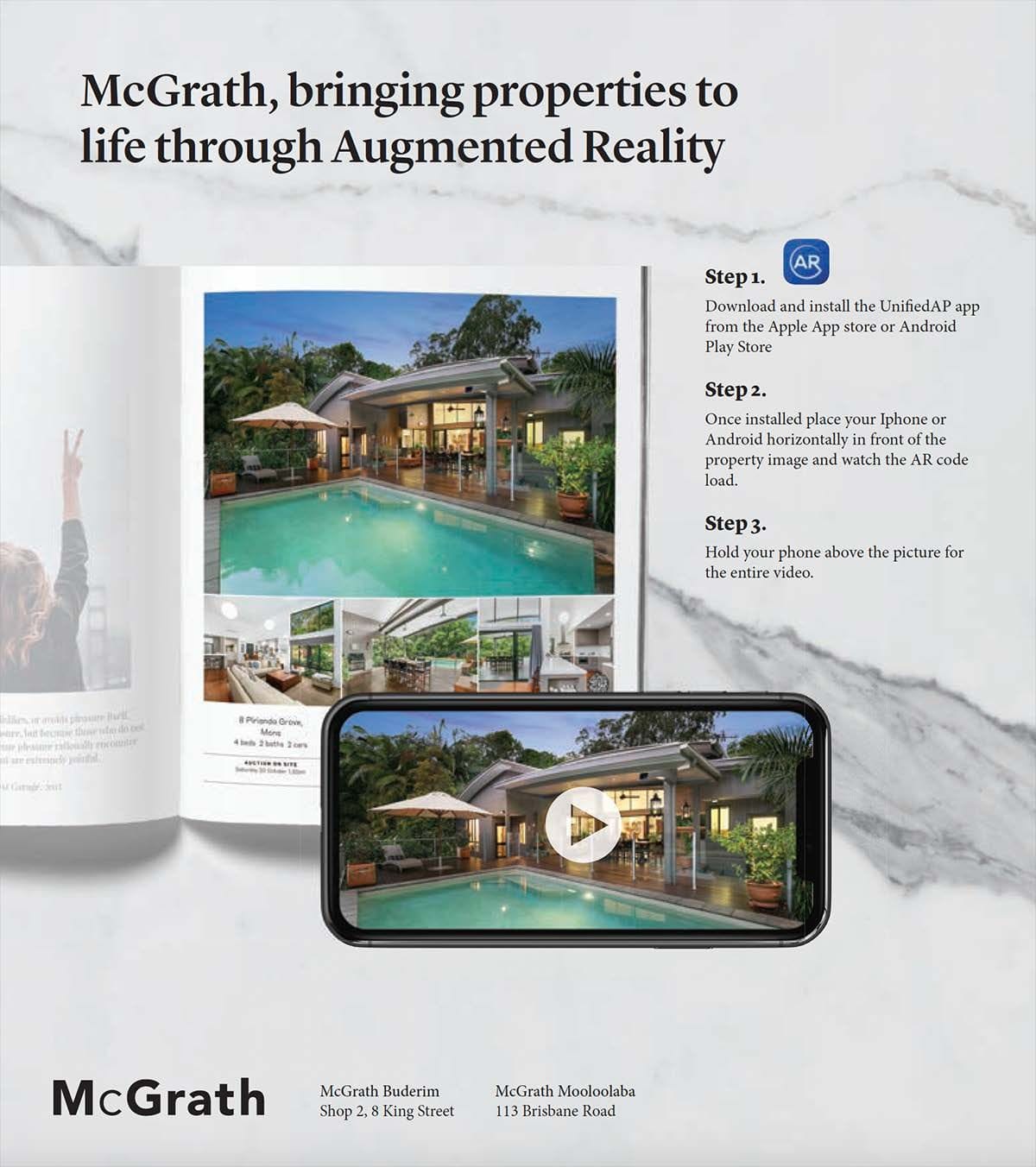
ABOVE:McGrath real estate Mooloolaba (QLD, AU) using UnifiedAR to deliver property videos via printed magazine, My Weekly Preview.
So how can you bring AR to your print? Start with a project that lends itself to a digital experience. That can be anything from a poster to a menu to a marketing mailer. Consider what action you want the reader to take. Do you want to take them to instructions or to something more like a gaming experience that is interactive?
Now it's time to pick your platform. Both Apple and Google have open source Software Developer Kits for those who like to own their environment, but the quick start method is to look at existing tools like UnifiedAR Digitalpress are approved licensees and can quickly and very cost effectively set up your very own AR campaign.
This exciting opportunity does require some planning and some new tools, but it can pay off for you in creating better response rates and a stickier relationship with your customers!
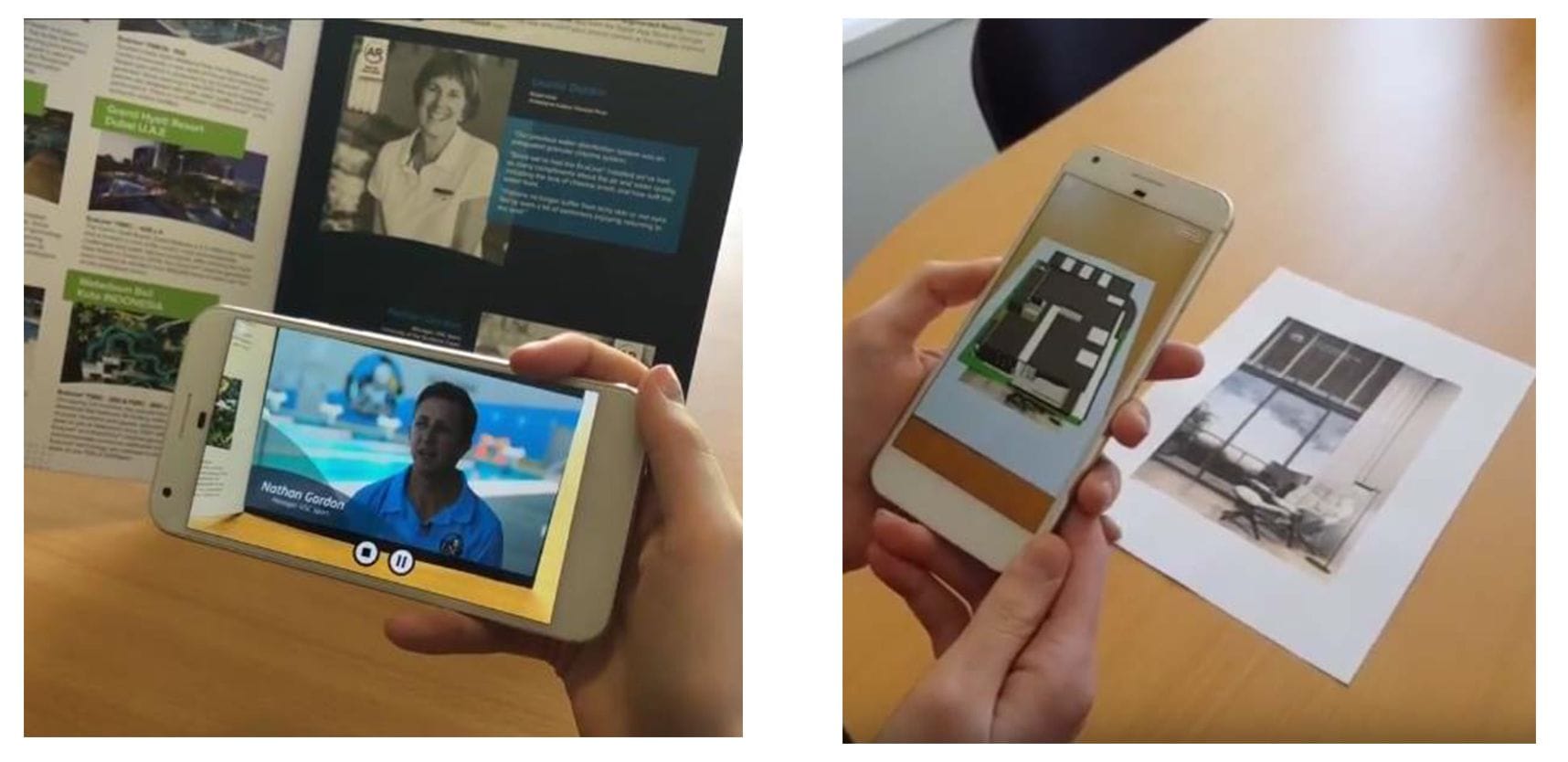
ABOVE LEFT:AIS Water (QLD, AU) using UnifiedAR to deliver customer testimonials via printed corporate brochure.
ABOVE RIGHT:Worldwide Market Street (CBD QLD, AU) have just launched an augmented reality campaign for award winning architect Loucas Zahos for the SALT development in Racecourse Road Ascot.
Your very own branded augmented reality app...
At a fraction of the price
Get your very own Android and iOS augmented reality apps built by Digitalpress powered by UnifiedAR technology.
Apps for Android and iOS devices
o Apps that can be used on Android and Apple mobile phones and tablets. We will submit the apps to Google Play store and Apple app store.
Your company branding
o UnifiedAR branding will be replaced by your company branding (i.e. app icon, splash screen and user interface).
Powered by UnifiedAR platform
o UnifiedAR technology and the backend platform will be integrated with your app so that you can easily set up augmented reality campaigns and see reports.
Ongoing support and app updates
We will look after your app updates and re-submission to app stores when Android and Apple update their operating systems or devices.
For more information contact theo@digitalpress.com.au
| Posted in:Digitalpress Masterclass |

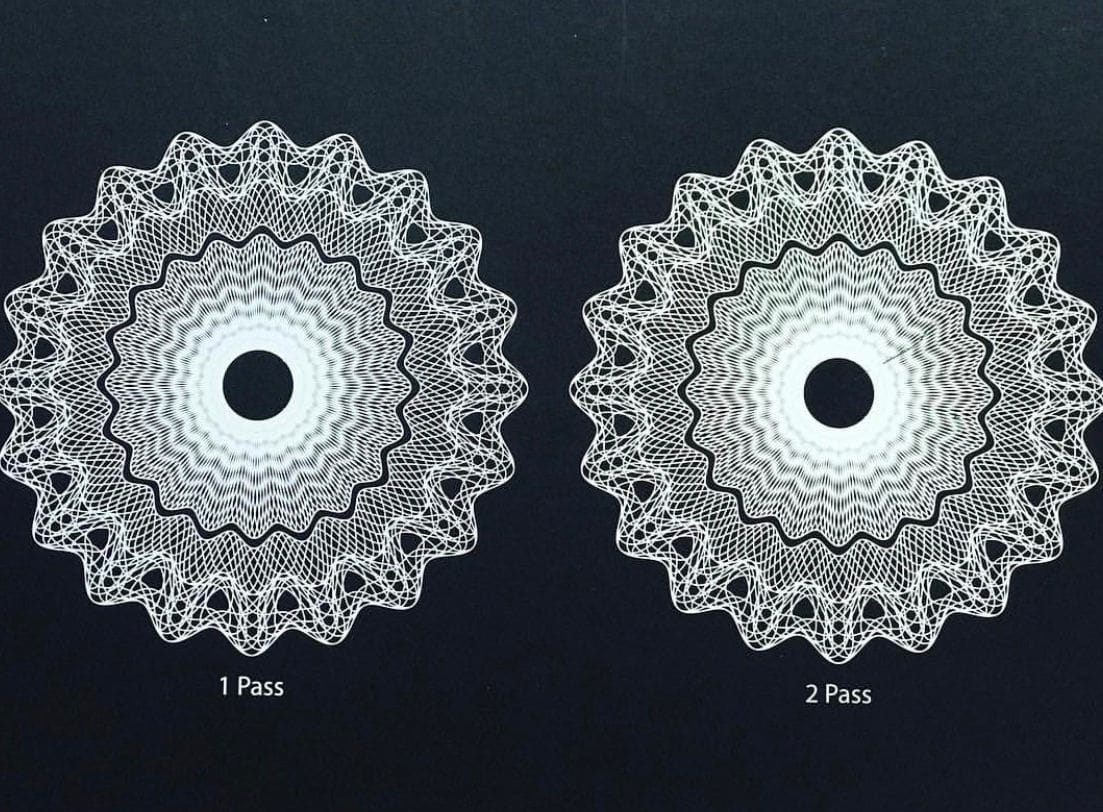

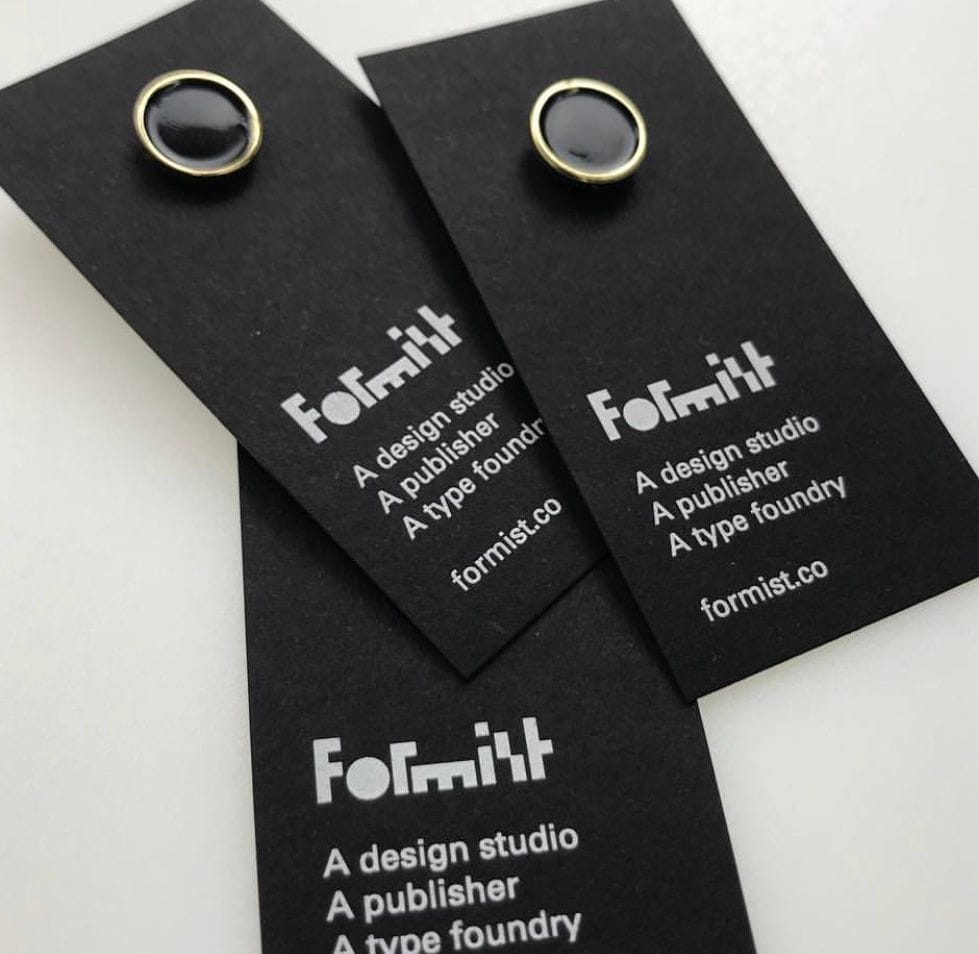

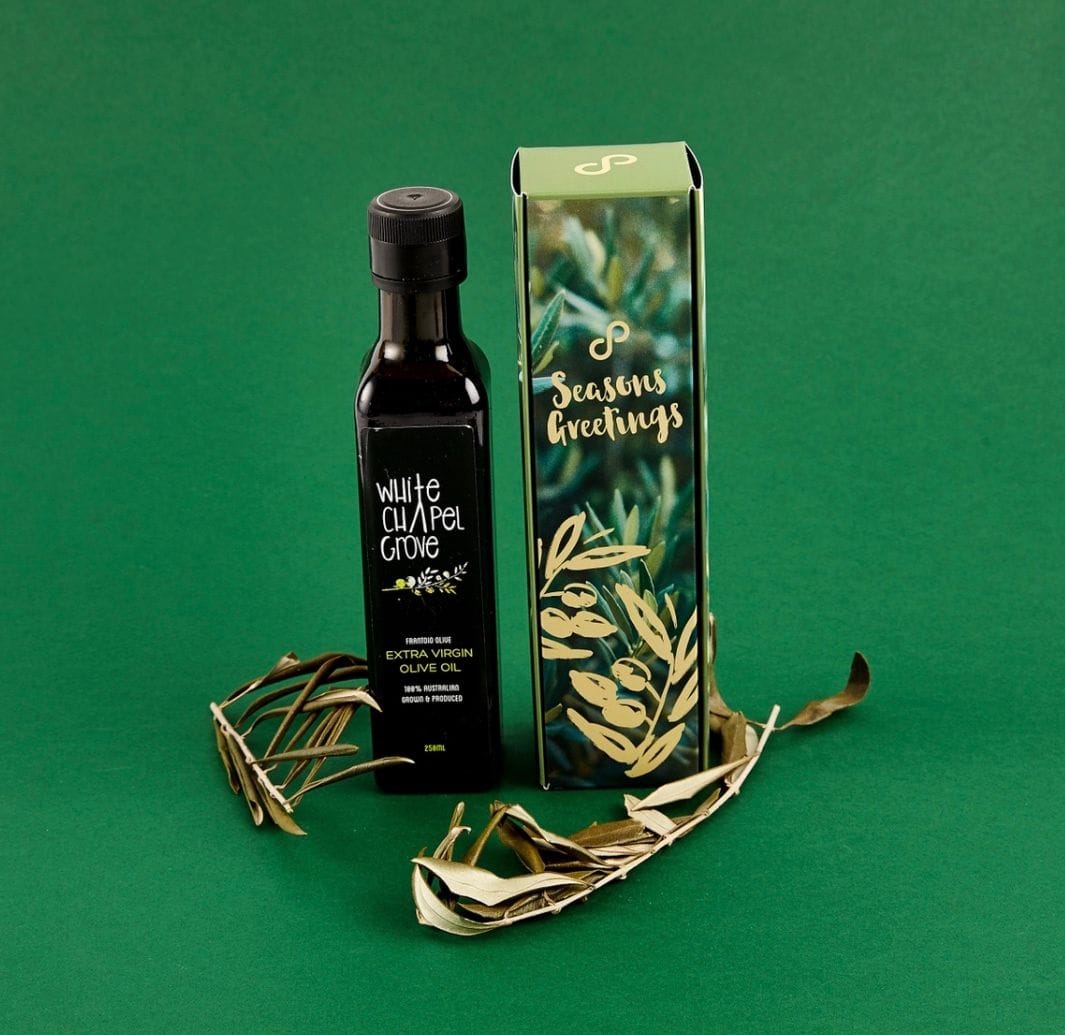


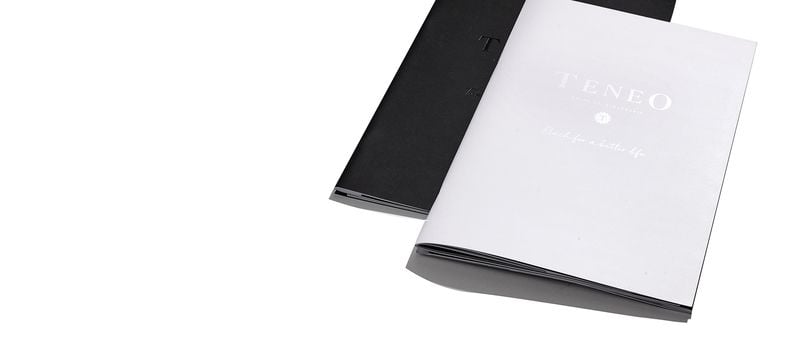)
